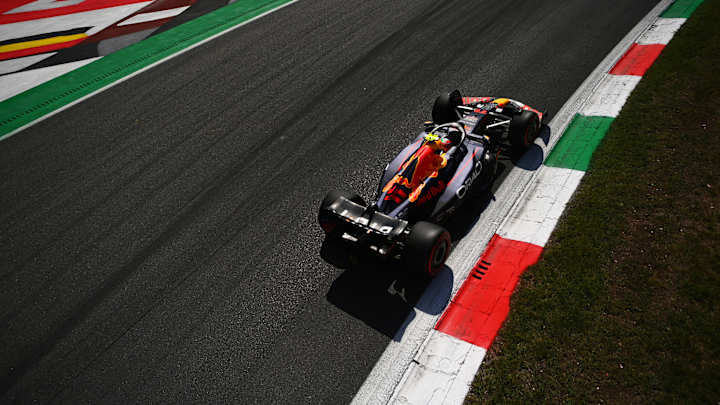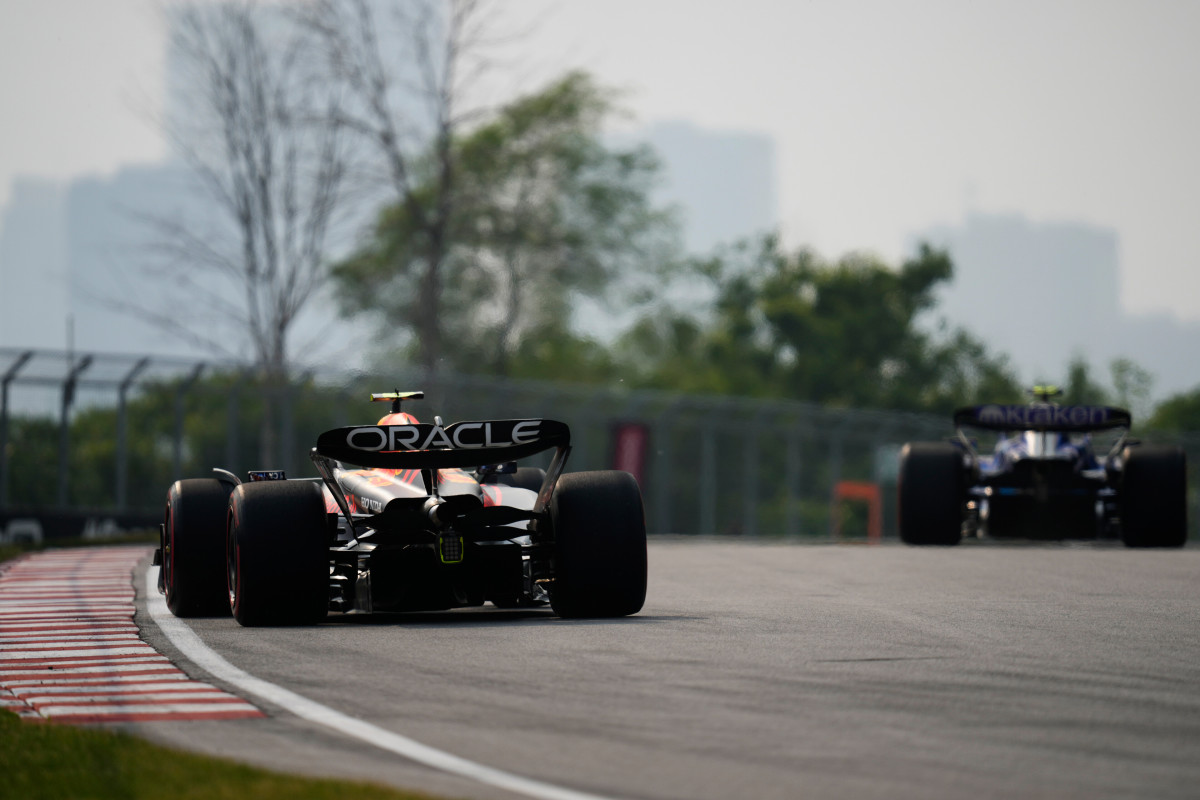F1 News: Red Bull Reveals New Rear Wing For Singapore GP

Red Bull's latest upgrade for the RB19 is a semi-detached wing tip section that not only alters the wing tip but also the shape of the rear cutout. After all, the designers have to factor in drag and downforce requirements as per the circuit in Singapore. Not only Red Bull but, other teams like Alpine, AlphaTauri, and McLaren have gone in for a new rear wing.
The new design features a lateral extension of the upper flap which also changes the way the vortex forms at the tip. From the looks of it, the upper tip section resides on the rolled mainplane boundary housing the metal bracket.
Listen To The Latest Driven Mad Podcast Episode
Red Bull offers a detailed explanation of the new rear wing in the official FIA technical submission documents, where it also openly states that the design has been inspired by cars belonging to its competitors. It read:
"Taking inspiration from competitor designs, the end of the flap element has a revised curl to the endplate which offers more local load for this element for this particular upper wing design."

In addition to the above design, another rear wing is said to have been developed in parallel by several of Red Bull's competitors, which has an alternate approach to the way the upper tip section of the wing and endplate are connected.
The alternate design deletes the metal bracket which sits inboard of the endplate. Instead, it frames it, thus allowing aerodynamic experts to adopt a more liberal approach to the design of the rear cutout. Rather interestingly, this design was simultaneously introduced by Aston Martin and Alpine at the Monaco Grand Prix, before Mercedes and Ferrari got it on their F1 cars.

In addition to the new rear wing, Red Bull has also made revisions to the floor edge, with more camber being applied to the forward portion of the floor edge wing. Explaining the reason for this modification, Red Bull said:
“To exploit energy in the air stream, more camber has been applied to the forward part of the floor edge wing resulting in more local load from this region of the floor assembly.”
